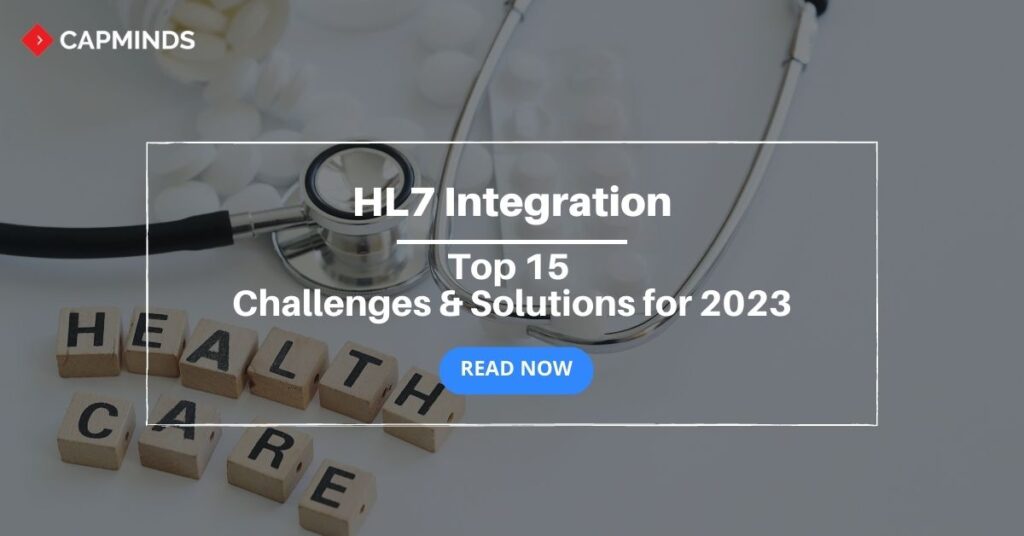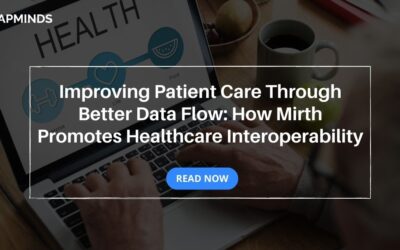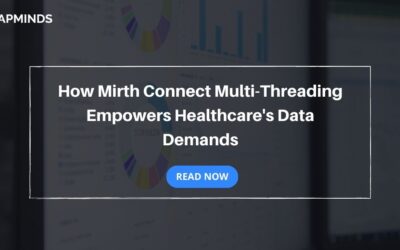Top 15 HL7 Integration Challenges & Solutions for 2023
HL7 integration, which involves the exchange of health-related data between different healthcare systems, can present several challenges for healthcare providers.
These challenges & solutions are not exhaustive, as specific integration projects may face additional or unique obstacles. It’s crucial for those who integrate, to conduct a thorough analysis, involves key stakeholders, and seek expert guidance to address their specific integration challenges effectively.
15 Common Challenges and Potential Solutions
RELATED: Top 5 HL7 Integration Challenges and Solutions for 2022
1. Data Mapping
Mapping data between different systems with varying data formats & standards.
Solution: Implement a robust data mapping strategy and use tools like interface engines or middleware to facilitate data transformation.
2. Interface Development
Developing interfaces to connect different systems, which can be time-consuming and require technical expertise.
Solution: Utilize interface engines or third-party integration platforms to simplify interface development and reduce manual effort.
RELATED: HL7 Messages: An Inside-Out Analysis Guide
3. System Compatibility
Ensuring compatibility between different versions of HL7 standards and systems.
Solution: Stay up-to-date with the latest HL7 standards and leverage HL7 compliance testing tools to ensure compatibility.
4. Data Quality & Validation
Ensuring the accuracy, completeness, and consistency of data being exchanged.
Solution: Implement data validation checks, enforce data standards, and conduct regular data quality audits.
5. Message Routing & Workflow
Determining the appropriate routing and workflow for HL7 messages within the healthcare organization.
Solution: Define clear routing rules and workflows based on the specific needs of the organization and leverage routing engines or workflow management systems.
6. Scalability & Performance
Managing high volumes of HL7 messages and ensuring optimal performance.
Solution: Implement scalable infrastructure, utilize message queuing mechanisms, and optimize system performance through load balancing and caching techniques.
7. Error Handling & Logging
Managing errors and exceptions that occur during message exchange.
Solution: Implement robust error handling mechanisms, logging frameworks, and notification systems to identify and address errors promptly.
8. Security & Privacy
Ensuring the confidentiality and integrity of patient data during transmission.
Solution: Implement strong data encryption, access controls, and secure transmission protocols (e.g., TLS) to protect patient information.
9. Interoperability Challenges
Integrating systems from different vendors that may have varying interpretations of HL7 standards.
Solution: Establish clear communication with vendors, define interoperability requirements, and conduct thorough testing before deployment.
10. System Upgrades & Maintenance
Managing the impact of system upgrades or changes on existing HL7 interfaces.
Solution: Develop a comprehensive upgrade strategy, conduct thorough testing, and ensure backward compatibility during system upgrades.
11. Workflow Alignment
Aligning HL7 integration with existing clinical workflows and processes.
Solution: Involve key stakeholders early in the integration process, conduct workflow analysis, and customize HL7 interfaces to fit existing workflows.
12. Data Governance & Ownership
Clarifying data ownership and governance responsibilities between different systems.
Solution: Establish clear data governance policies, define ownership roles and responsibilities, and ensure compliance with relevant regulations (e.g., HIPAA).
13. System Downtime & High Availability
Minimizing downtime and ensuring high availability of HL7 integration systems.
Solution: Implement redundancy and failover mechanisms, conduct regular system maintenance, and have contingency plans in place for system failures.
14. Training & Skill Development
Ensuring that staff members have the necessary knowledge and skills to work with HL7 interfaces.
Solution: Provide comprehensive training programs, conduct workshops, and encourage continuous skill development through certifications and knowledge sharing.
15. Cost & Resource Management
Managing the cost and resource requirements associated with HL7 integration projects.
Solution: Conduct cost-benefit analyses, prioritize integration efforts based on strategic objectives, and consider outsourcing or partnering with experienced integration vendors.
HL7 Integration Services from CapMinds
CapMinds Technologies offers the perfect all-in-one Health Interoperability solutions for your clinical needs. Our HL7 FHIR services ease the innovatory exchange to create new possibilities. Our client-centered services keep them in the limelight. Our clinical & HL7 integrations enable EHR-integrated laboratory, imaging, e-prescriptions, EPCS, pharmacy, and much more. These enhance the activation process for your individual and collective needs.
“CapMinds Technologies is the place that will make you achieve your goals by combining “Expertise+Hardwork+Commitment”.
CapMinds FHIR APIs services cover your patients’ health data with the greatest security, privacy, and confidentiality. We update ourselves with the latest versions like HL7 Version 2, Version 3, FHIR, SMART on FHIR, CDA, X12, HAPI FHIR, Mirthconnect, and security standards. CapMinds offers the best HL7 integration and HL7/FHIR interface development services for the federal government, health tech startups, laboratories, clinics, and practices.
“Unite with us to get the most benefits of our HL7 integration services and rise to be the first”



